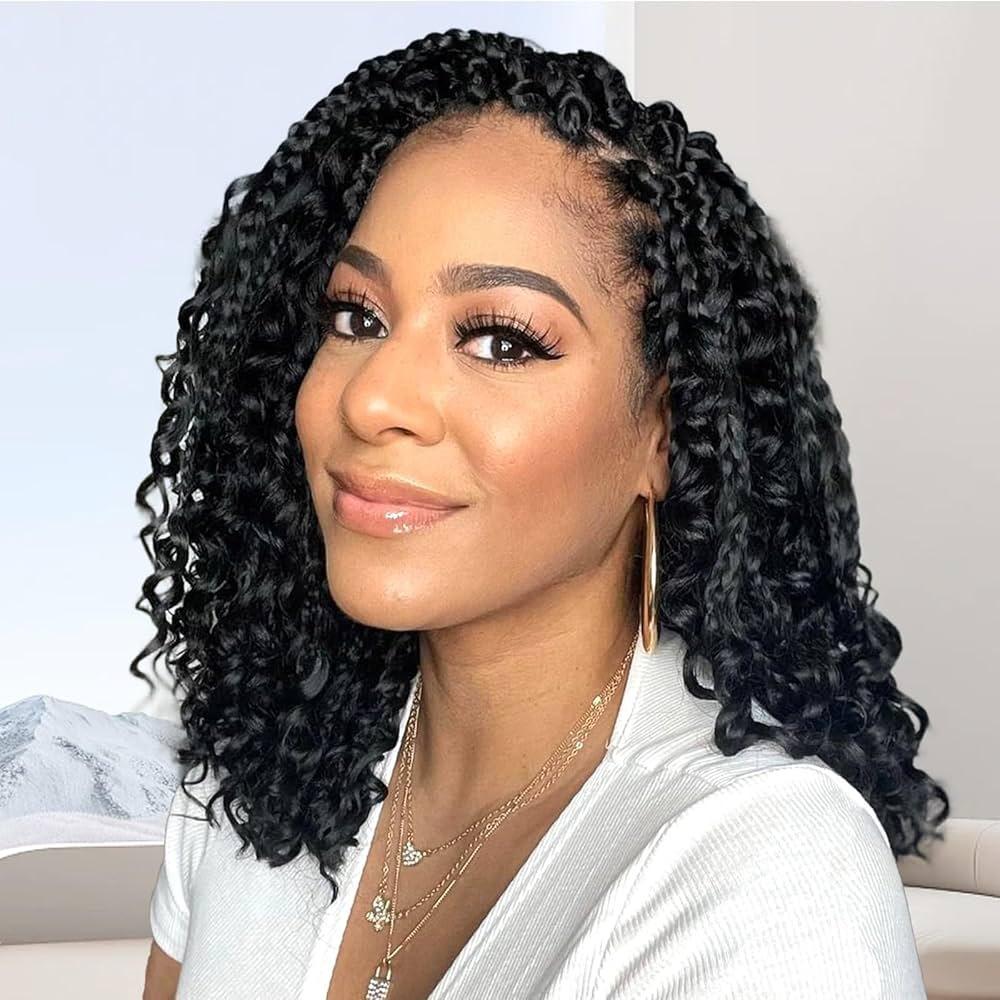Transitioning to Natural Hair: A Guide for African Women

Transitioning to natural hair can be a transformative journey for African women. With the rise of the natural hair movement, many are embracing their roots, opting to forego chemical relaxers and other treatments that alter the natural texture of their hair. This guide will help you navigate the process of transitioning to natural hair, offering tips and insights that celebrate the beauty of African hairstyles.
Understanding the Transitioning Process
Transitioning to natural hair involves growing out your natural curls while gradually cutting off the chemically treated ends. This process can take several months or even years, depending on your hair growth and how much you decide to trim off. Understanding your hair's unique texture is key to embracing your natural beauty. African hair comes in various textures, from loose curls to tightly coiled patterns, each with its own set of care requirements.
Embrace Your Natural Hair Texture
One of the first steps in transitioning is learning to love your natural hair texture. Explore different African hairstyle that highlight your unique curls and coils. Consider wearing protective styles, such as braids, twists, or wigs, to minimize damage while your natural hair grows. These trendy hairstyles not only protect your hair but also offer a stylish way to express yourself during the transitioning phase.
Create a Hair Care Routine
Developing a consistent hair care routine is crucial for maintaining the health of your transitioning hair. Focus on hydration and moisture, as African hair tends to be drier. Incorporate deep conditioning treatments, leave-in conditioners, and natural oils such as shea butter, coconut oil, or jojoba oil into your regimen. Regularly moisturizing your hair will help prevent breakage and promote healthy growth.
Trim Regularly
As you transition, you may notice two different textures: your natural hair and the previously relaxed ends. To manage this, consider trimming your hair every 8-12 weeks. Regular trims will help you gradually remove the relaxed ends and reduce the chances of split ends. It’s essential to find a balance between maintaining length and ensuring the health of your hair.
Experiment with Protective Styles
Protective styles are a fantastic way to promote healthy hair growth while transitioning. Experiment with various African hairstyles, such as braids, twists, and updos. These styles not only protect your hair from environmental damage but also allow you to express your individuality. Additionally, using extensions can provide versatility while minimizing the manipulation of your natural hair.
Seek Support and Inspiration
Transitioning to natural hair can be a challenging journey, but seeking support from friends, family, or online communities can make it easier. Join social media groups or forums dedicated to natural hair care where you can share your experiences and seek advice. Look for inspiration from influencers and bloggers who embrace their natural African hairstyles, and don't be afraid to ask questions about products and techniques.
Conclusion
Transitioning to natural hair is a personal and empowering journey for African women. By understanding the process, embracing your natural texture, and creating a consistent hair care routine, you can successfully navigate this transition. Don’t forget to explore trendy hairstyles that celebrate your heritage and individuality. Remember, your hair is a reflection of your identity—embrace it, nurture it, and enjoy the beautiful journey of going natural.
- Art
- Causes
- Crafts
- Dance
- Drinks
- Film
- Fitness
- Food
- Παιχνίδια
- Gardening
- Health
- Κεντρική Σελίδα
- Literature
- Music
- Networking
- άλλο
- Party
- Religion
- Shopping
- Sports
- Theater
- Wellness


